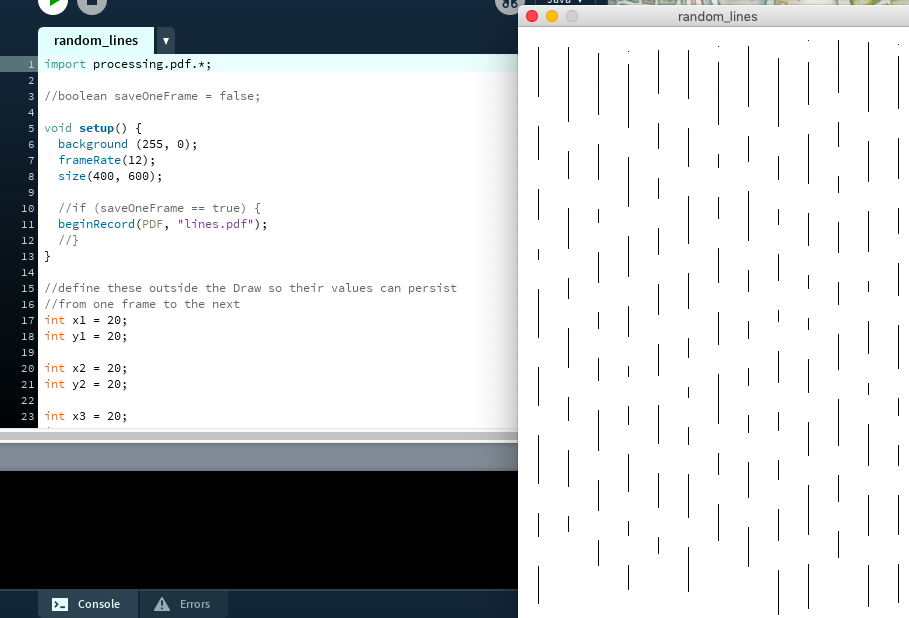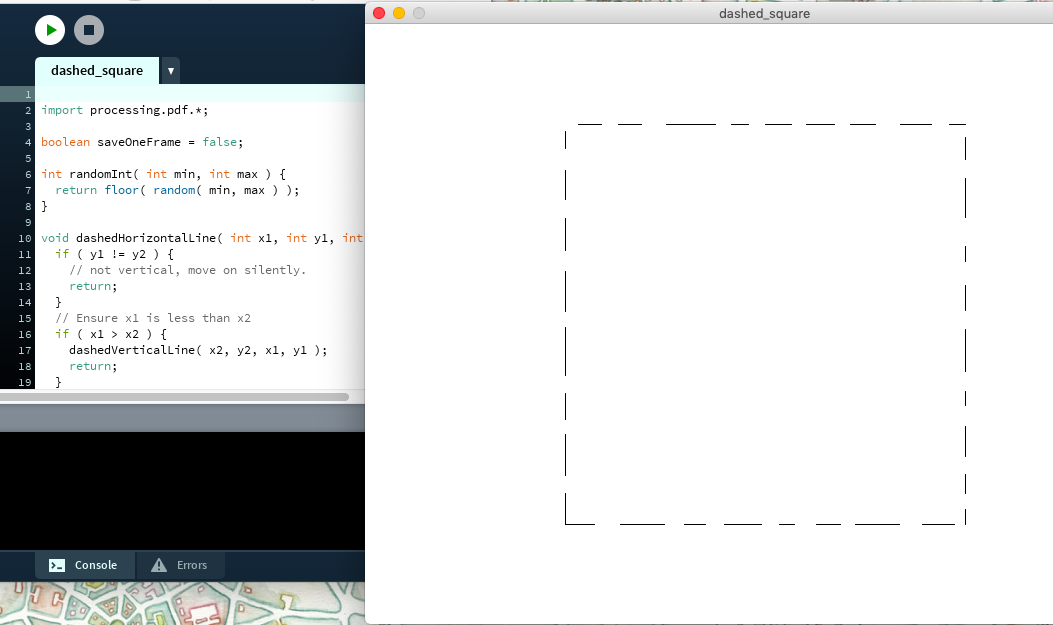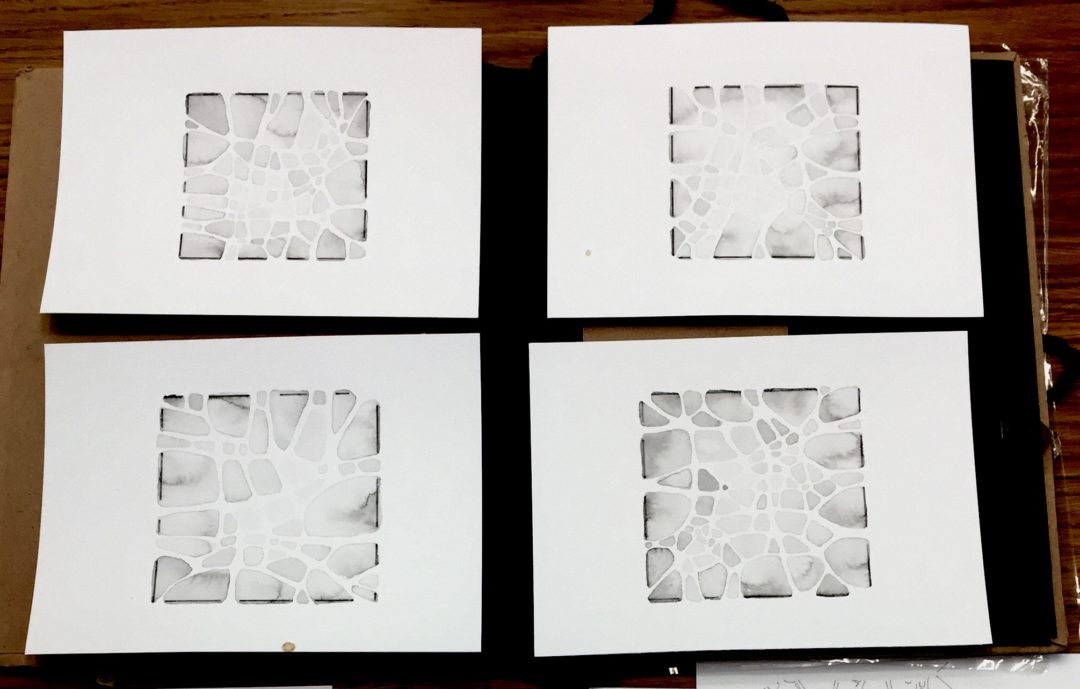Determinism is the concept that events are determined (thus the name) by previously existing causes—that what plays out is pre-ordained. This project explored and refuted the idea of determinism when it comes to the source of my imaginary maps; it proved that even drawings that start from the same substrate can result in very different maps.
The concept of the project was originally inspired by the SciArt Initiative’s exhibition “Infinite Potentials”, when I thought of my maps’ potentials in terms of stem cells.
Starting out as tiny clumps, stem cells connect us to our origins and offer a glimpse into our future as we grow and age. The master copy, the master cell, they renew themselves while retaining the extraordinary potential to change, to become new cells with specialized purposes – blood, brain, lung, liver? The complexity of the cellular behavior and molecular signaling at work make these a fascinating subject matter for scientists, drawn to their potency and their uniqueness. Can harnessing this power influence our ability to offer truly “regenerative” medicine and grow “personalized” tissues in the laboratory? How, when combined with technological advances in genetic engineering, could stem cells help eradicate disease-causing mutations in our genome, and shape our species for generations to come? If stem cells were the artistic medium by which we design our future, what does this future look like?
–“Infinite Potentials” exhibition text
FIRST PROJECT

I knew that I wanted the project to include making several map drawings off on an identical initial “substrate”, and thought the contrast would be best shown with a digitally-generated substrate. In this case I wrote a Processing script to generate a series of dashed lines.
I wrote the program to draw the lines one after the other, the way a human would, rather than all at once. When the program was run, it looked like dashed lines were raining down one after another til the screen was filled.

I plotted the same set of dashed lines several times onto watercolor paper, using an AxiDraw pen plotter. I then used a slightly different color pen to complete the dashed lines into a maplike image. The rule I followed in my drawing was to start each “block” with one of the dashed lines, and to use the line as one of the “faces” of the block.

SECOND PROJECT
Once I learned that the AxiDraw could plot with a water-soluble marker, I had another avenue to try.
I made another Processing script to generate a square made up of dashed lines:

I then took a paintbrush and started using the lines to make blocks, in a similar way to the previous project. This time, I had an added rule because of the water-soluble marker: I would only use the pigment that was left on the brush to complete the map, not adding any watercolor but letting the water-soluble marker’s pigment run out until the inner blocks are barely distinguishable.

This project as well was about determining whether following maplike rules starting with the same substrate results in the same map.
CONCLUSIONS
The maps within each series do look similar to each other because they’re created with the same substrate and the same rules. If you imagine them as geographic spaces, however, they would represent very different places to walk through. It’s interesting to see how all of my unconscious decisions branch off into ultimately very different results.